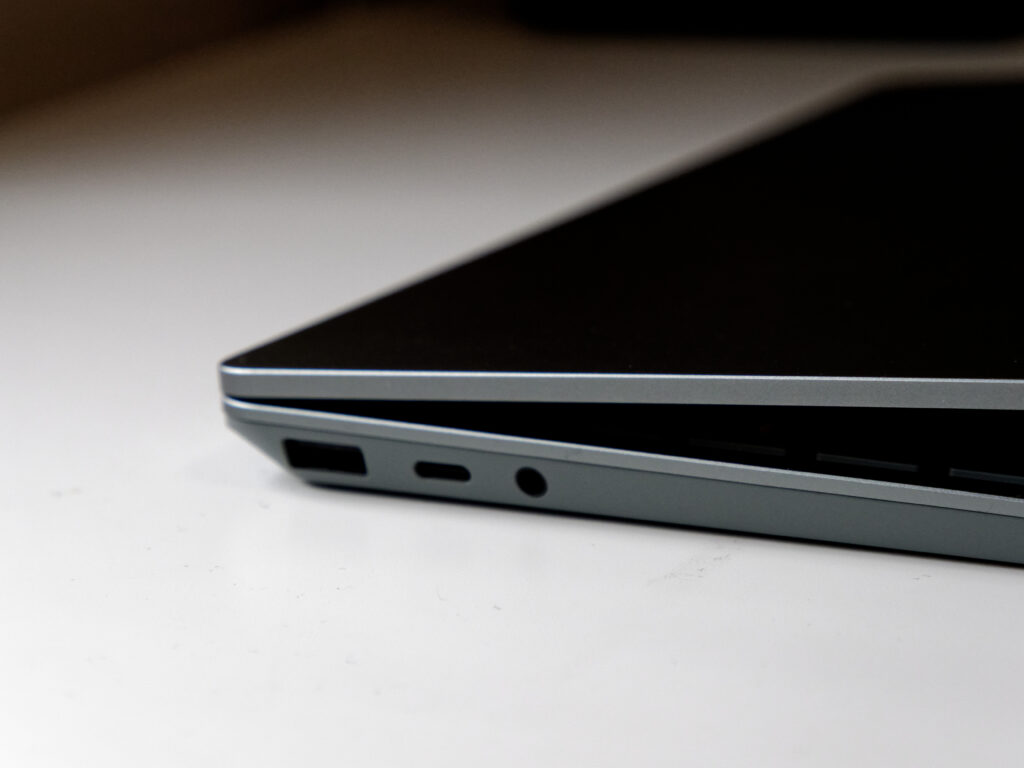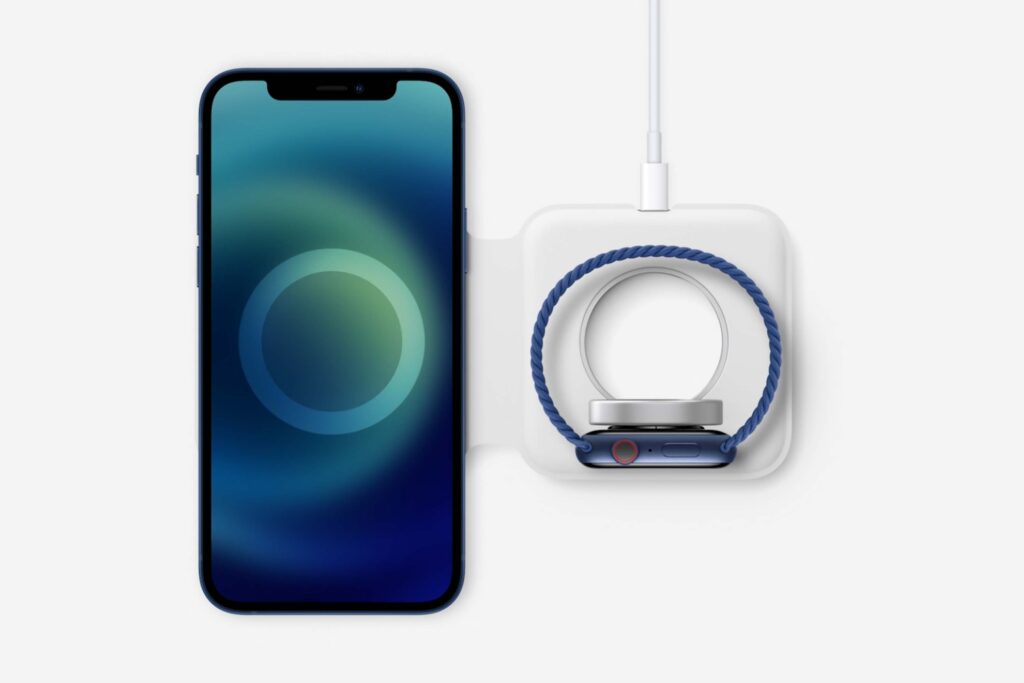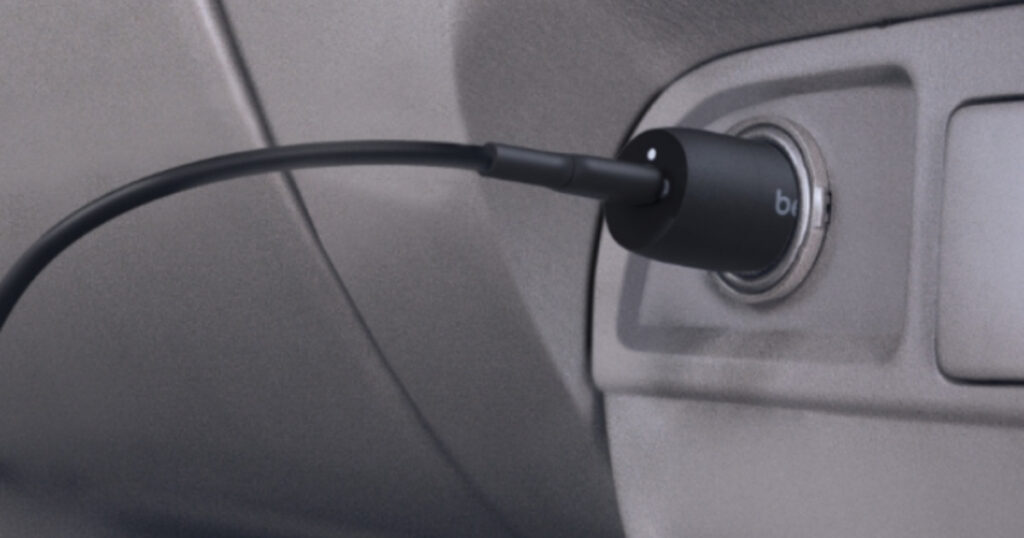The smart ring that started it all makes a few mistakes.
Oura Ring review: A smaller fitness tracker with big problems
If the words 'smart ring' means anything to you, chances are it's because of Oura. The company has spent millions on advertising over the past few years as it looks to carve out a market for its more-compact take on the wearable formula made popular by brands like Fitbit and gadgets like the Apple Watch.
Even if you've managed to dodge the debrief to date, the idea here is pretty simple. You get the health-tracking of a smartwatch minus the hassle of having one more little screen you have to carry around (and remember to charge) on a regular basis.
Although it's far from the only one playing in this space, Oura has quickly established itself the elephant in the room that every other smart ring is going to be compared against. And given how stale the wearable scene has gotten in recent years, there's a lot to like about its pitch. What's more, the reality mostly delivers.
Unfortunately, the bad news is that the Oura Ring is dogged by a handful of unexpected weaknesses that leave me hesitating to recommend it without reservation. It gets an impressive amount right for a first-generation product but its few missteps feel like they could prove fatal in the long run.
How much does the Oura Ring cost in Australia?

The Oura Ring is not avalable through Australian retailers and resellers (for now) but can be ordered directly from via the Oura website. Oura Ring pricing varies depending on style and color, but starts at US $299. At the time of writing, that works out to be around $460 Australian dollars.
In addition to the wearable itself, you'll also need to factor in the cost of an Oura membership. This costs $5.99 USD per month. In Australian dollars, that works out to be just shy of $10 per month. This is slightly less than you'd be looking at for something like FitBit Premium or Apple Fitness+.
That said, those services come with substantial content offerings like virtual classes while the Oura membership mostly just gives you access to a set of more comprehensive graphs and insights into the data that the device gathers over time.
Oura Ring: Design and features

One of the biggest strengths of the Oura Ring is its simplicity. It doesn't look like a gadget or gizmo. Much like you'd expect and for the most part, it just looks like a ring. It's glossy but it doesn't look particularly gauche.
Oura currently sell two models: the original Oura Ring (AKA Heritage) and an updated version (AKA Horizon). The main differences between the two are that the latter is available in the more colors and boasts a truly circular shape whereas the former features a slightly irregular one.
In any case, the lack of pure symmetry here didn't bother me so much as the thickness of the Oura Ring did. Don't get me wrong, the wearable is lightweight enough to forget you're wearing it but it often felt chunky enough that it became much harder to ignore as soon as I had to use my hand to interact or grip something. I also found it a little more awkward to type while wearing it and worried that I might be accidentally scratching this or that.
Still, it is easy to be impressed by the amount of tracking tech squeezed into the tiny form-factor here. The Oura Ring comes with built-in heart-rate tracking, sleep tracking and activity tracking. That combination doesn't quite match the feast of fitness data that an Apple Watch Ultra might offer but it's going to be more than enough for more everyday users.
Of course, one of the biggest difference between this and something like a smartwatch is that the Oura Ring has to be sized out before you buy one. There's inevitably some friction here but the overall process is straightforward. Once you've put in your order and the cheque clears, Oura will send you a sizing kit to play around with. After you've settled on a size, you lock it in via the website and the Ring arrives in short order.
Included in the box, you also get a wireless charger. Annoyingly, this accessory is proprietary and there are no third party alternatives. You'll have to shell out USD $59 to get a replacement from Oura if you lose it.
On the other hand, the charger itself is surprisingly solid. It's uncomplicated, compact, compatible with any USB-C cables you have lying around and charges the Oura Ring up fairly quickly. Going from zero to 100% usually takes a little over an hour and a fully charged Oura Ring can last you as long as a week.
While you can wear the Oura Ring right out of the box, you won't much use out of it without the companion app. This app gives you visibility into all the data that the wearable accrues and access to a number of in-app activities like meditation and wellness routines.
To its credit, the official Oura app strikes a great balance between making it fun to look at your data and easy to learn from it. While a lot of the substance it offers is fairly routine, it's got plenty of style to back it up.
There's also a fresh twist in the form of the dynamic recommendation system. Unlike most other wearables, the Oura Ring is more open-minded and flexible about what your activity level should look like. If you run a marathon on Monday then it's not going harass you for not hitting your goals on the Tuesday that follows. Alongside support for rest days via a dedicated setting, I'm honestly shocked that other wearable brands haven't ripped this off yet.
Oura Ring: Performance

There's not much to say about the experience of wearing the Oura Ring every day but nor is there much to complain about. While I frequently found myself wishing the wearable was a little thinner, it was still light enough to forget about most of the time.
Ultimately, you are just wearing a ring that need to occasionally charge. Since the hardware itself is fairly featureless, the app does the work of reminding you with a notification whenever the battery life starts to get low.
Despite the halo of sensors and LEDs wrapped within the interior side of the ring, the Oura Ring succeeds at not looking like a weird gizmo. That said, the Oura Ring's overall utility as a fitness tracker fell short.
At a high-level, the tracking and graphing experience offered by the app is superb. However, the absence of any more specific activity tracking option proved to be something of a sticking point.
While the Oura Ring supports generic activity tracking, you only really get a handful of options. There's nothing like the diversity or comprehensiveness found in smart watches. Maybe that's a limitation of the software, maybe it's a limitation of the hardware but it is one key front where the promise of this as an alternative to a full blown smartwatch or fitness tracker falls short.
I'm sympathetic to the realities here. Ultimately, it is hard to get past the fact that you probably don't want to be wearing the Oura Ring for anything outside of basic cardio. For a number of gross and obvious safety reasons, you probably shouldn't wear this wearable while lifting weights or doing a more involved activity like rock climbing.
This limitation might also apply to more mundane rings, but it means that the Oura Ring isn't really ideal for those trying to live a more active lifestyle. The smart ring gave me a great sense of my everyday levels of fitness, but the picture it painted often had some pretty big gaps in it. Then there's the biggest caveat of all.
While I've plenty of praise for the Oura app, there's a very real catch in that it requires a subscription in order to fully utilize it. As mentioned in the pricing section, every Oura Ring comes with a free month of membership with every purchase. However, you're expected to pay up once you get past that honeymoon period.
If you don't, you'll lose access to most of the functionality that the Oura Ring offers plus access to all of the health data you've accrued to the point where you stopped paying. You can get around this nerf a little if you connect the Oura Ring up to a third-party fitness app like Google Fit, but even then it feels like you're really missing out on something you've already paid for.
The Oura app went from being one of the best fitness apps I've ever used to one of the worst (or at least most limited) overnight. One day I had graphs and graphs of useful information about my everyday fitness, the next I had basically nothing.
Honestly, there's no real way of getting around this particular caveat. It stinks. More than that, it sucks away any enthusiasm I have for the Oura Ring and the ways it shakes up the wearable landscape.
If the hardware here was half what it costs, maybe there could be a conversation to be had about how much it relies on this subscription to deliver the experience it promises. Given you're spending almost as much as you might on an Apple Watch and the limits of wearing a ring while you work out are what they are then it is borderline absurd that Oura are asking you for more money on top of that forever.
Oura Ring: Is it worth the money?

First-gen tech tends towards messiness but the Oura Ring defies this trend. The hardware is polished to a sheen and the software is similarly slick in a way that's genuinely impressive. Unfortunately, these qualities are quickly undercut by the complications that emerge with using this particular wearable over time.
My experience with the Oura Ring lived up to my expectations in the sense that it did serve as an apt alternative for my Pixel Watch when it came to everyday use. At the same time, those wins came with just enough strings attached that I quickly found myself asking whether it was really worth the hassle given the limits.
The fact that a ring isn't really suitable for anything but the most basic exercises or everyday activity tracking is hard to get past and having to pay an additional subscription for what feels like basic health tracking insights feels like a racket. It's not hard to imagine Samsung exploiting these weaknesses whenever it gets around to finally launching the Galaxy Ring, even if it does end up caught up on the same constraints when it comes to form-factor.
In the meantime, The Oura Ring lives up to the hype as a piece of luxury tech but struggles to live up to its price as an everyday fitness tracking wearable.
Related Articles





